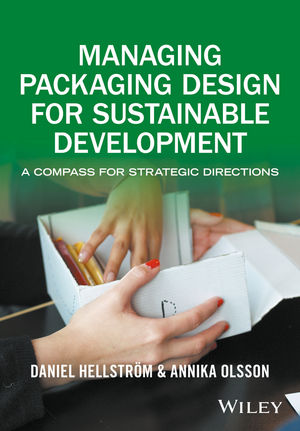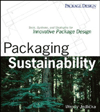Seven Strategies for a Sustainable Future in Flexible Packaging

Sustainability in design, use and end-of-life processing will increasingly define flexible packaging across the next five years, according to new insight from Smithers. This will create challenges for the whole value chain through to 2026, even as the market adjusts to a market space redefined by COVID-19, and short-term disruption in the supply of raw materials in H1 2021.
In its latest in-depth study, "The Future of Sustainable Flexible Packaging to 2026", Smithers notes that with the emergence of circular economy models there is a need to shift away from traditional weight reduction considerations to other strategies.
The following are seven key business and technology areas:
- Design for recycling — including optimizing barrier performance and coatings, switching to new high-performance paper grades and the rapid development of functional polymer monomaterial packs
- Overcoming technical and regulatory challenges to increase the volume of recycled content used in films and other plastic formats, with a focus on low-density polyethylene (LDPE), high-density polyethylene (HDPE) and polyethylene terephthalate (PET)
- Innovating to meet the emergent need for more reusable flexible formats in both traditional retail and the booming e-commerce segment
- Improved waste management via marking and collection, to boost supplies of high-grade post-consumer resin (PCR), including grades suitable for food contact applications
- Sustainable sourcing of feedstocks, including PCR, but also bio-based versions of existing plastics, substitution from polymer to paper substrates where plausible and the wider use recycled pulp in packaging papers
- Use, where plausible, of biodegradable flexible plastics. Despite the predicted extension of prohibitions on oxodegradable materials beyond the EU, there is still scope for PHAs or other alternatives to traditional plastics with certain product groups
- Weight reduction — the economics of flexible packaging will continue to call for thinner substrates, and lifecycle analyses can highlight the CO2 savings it also gives in distribution compared to heavier rigid packaging materials.
Many brands and consumer goods (FMCGs) companies have committed to making some or all of their packaging fully recyclable by 2025. This poses a challenge as no universally accepted definition for ‘recyclable’ exists. Its up to the flexible packaging industry to highlight the advantages of its products and communicate how they can contribute to these circular economy goals.
Across continents, countries and within larger federal states, different waste management infrastructure, legislation and consumer preferences exist. This adds a further layer of complexity to implementing effective moves to mitigate the pollution threat from flexible polymer formats.
For more information, visit www.smithers.com.
Looking for a reprint of this article?
From high-res PDFs to custom plaques, order your copy today!








